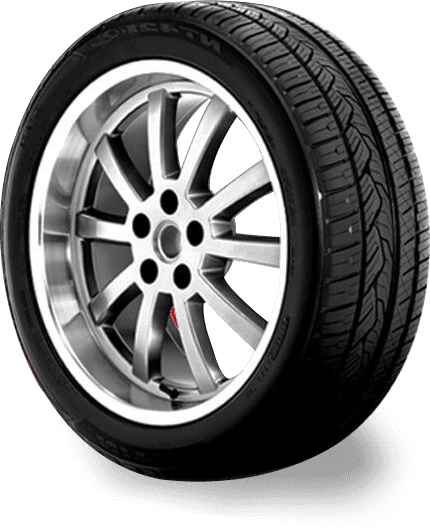
Nov . 15, 2024 06:01
Back to list
gas pressure regulator valve
Understanding Gas Pressure Regulator Valves Essential Components for Safe and Efficient Gas Handling
Gas pressure regulator valves are crucial components in many industrial and residential applications that utilize gases. Their primary function is to control the pressure of gas supplied to various systems, ensuring safe and efficient operation. This article delves into the working principle, types, applications, and importance of gas pressure regulator valves.
Working Principle
At its core, a gas pressure regulator valve functions by reducing and maintaining the pressure of gas flowing from a high-pressure source to a lower pressure. The regulator operates based on a simple principle it uses a diaphragm or bellows, which responds to the pressure changes in the gas system.
When gas enters the regulator, it applies pressure to the diaphragm. If the pressure exceeds the desired setpoint, the diaphragm moves accordingly and adjusts a valve to restrict the flow of gas, thereby lowering the pressure. Conversely, if the pressure drops below the setpoint, the diaphragm allows more gas to flow through, stabilizing the pressure in the system. This automatic adjustment is vital for maintaining consistent gas pressure, preventing fluctuations that could lead to equipment damage or unsafe conditions.
Types of Gas Pressure Regulators
Gas pressure regulators come in various types, each designed for specific applications. Some of the most common types include
1. Single-Stage Regulators These are typically used for low-pressure applications. They reduce high-pressure gas to a lower pressure level in a single step. However, they are less efficient for applications requiring a stable outlet pressure under varying flow rates.
2. Two-Stage Regulators These regulators offer more precise pressure control. The first stage reduces high pressure to an intermediate level, and the second stage further lowers it to the desired outlet pressure. Two-stage regulators are ideal for applications with fluctuating gas demand, as they respond more effectively to changes.
3. High-Pressure Regulators Designed for applications that require high gas pressures, these regulators can handle significant pressure differences and are often used in industrial settings.
Applications
gas pressure regulator valve

Gas pressure regulators find applications in multiple fields, including
- Industrial Manufacturing In industries such as petrochemicals, metal fabrication, and food processing, precise gas pressure control is vital for operational efficiency and safety. - Residential Applications Many homes use natural gas for heating and cooking. Residential gas pressure regulators ensure that the gas supplied to appliances is at a safe and effective pressure.
- Medical Gas Systems Hospitals and healthcare facilities utilize medical gas regulators to control the delivery of gases like oxygen and nitrous oxide, crucial for patient care.
- Welding and Cutting Equipment Gas pressure regulators are essential for controlling gases used in welding and cutting processes, providing the necessary pressure for optimal performance.
Importance of Gas Pressure Regulators
The importance of gas pressure regulator valves cannot be overstated. They play a critical role in
- Safety Over-pressurization can lead to dangerous situations, including explosions and equipment failure. Regulators mitigate these risks by maintaining safe pressure levels.
- Efficiency By providing a consistent pressure, regulators help optimize the performance of gas-utilizing equipment, reducing waste and increasing efficiency.
- Regulatory Compliance Many industries are subject to regulations that mandate the use of pressure control devices. Proper installation and maintenance of gas pressure regulators ensure compliance with safety standards.
Conclusion
In summary, gas pressure regulator valves are essential for managing gas pressure across various applications. Their ability to control and stabilize pressure ensures safety, efficiency, and compliance in both industrial and residential settings. Understanding their operation and significance can help users make informed decisions regarding their installation and maintenance, ultimately leading to a safer and more efficient gas handling system. As technology evolves, the development of advanced gas pressure regulators will further enhance their functionality and reliability in an ever-changing industrial landscape.
Next:
Latest news
-
Safety Valve Spring-Loaded Design Overpressure ProtectionNewsJul.25,2025
-
Precision Voltage Regulator AC5 Accuracy Grade PerformanceNewsJul.25,2025
-
Natural Gas Pressure Regulating Skid Industrial Pipeline ApplicationsNewsJul.25,2025
-
Natural Gas Filter Stainless Steel Mesh Element DesignNewsJul.25,2025
-
Gas Pressure Regulator Valve Direct-Acting Spring-Loaded DesignNewsJul.25,2025
-
Decompression Equipment Multi-Stage Heat Exchange System DesignNewsJul.25,2025

